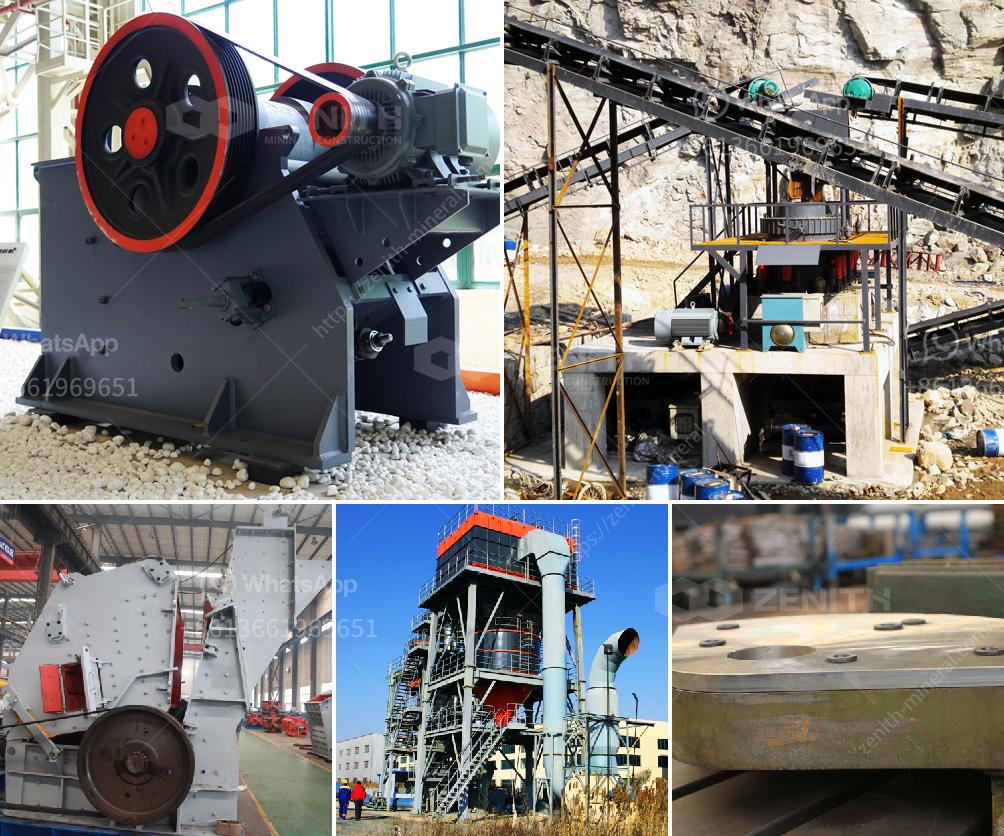Crushing basalt rock involves several steps and requires specific equipment to ensure the process is efficient and effective. Here’s a detailed guide on how to crush basalt rock:
1. Preparation and Safety Measures
- Safety Gear: Ensure you have the necessary safety gear, including gloves, safety glasses, ear protection, and a dust mask.
- Site Preparation: Clear the area where the crushing will take place. Ensure it is free from any obstructions and that there is enough space for the equipment and the crushed material.
2. Choosing the Right Equipment
- Jaw Crusher: This is typically used for the initial breaking down of large basalt rocks. It works by compressing the rock between a fixed and a moving plate.
- Cone Crusher: After the initial crushing, a cone crusher can be used to further reduce the size of the basalt rocks. It works by squeezing the rock between an eccentrically gyrating spindle and a concave hopper.
- Impact Crusher: For finer crushing, an impact crusher can be used. It uses high-speed impact to break the rock into smaller pieces.
- Hammer Mill: This can be used for very fine crushing. It uses hammers mounted on a rotating shaft to pulverize the rock.
3. Crushing Process
- Primary Crushing: Load the basalt rocks into the jaw crusher. The jaw crusher will break the large rocks into smaller, more manageable pieces.
- Secondary Crushing: Transfer the smaller pieces from the jaw crusher to the cone crusher. The cone crusher will further reduce the size of the rocks.
- Tertiary Crushing: If finer material is needed, use an impact crusher or hammer mill to achieve the desired size.
4. Screening and Sorting
- Vibrating Screen: After crushing, the material is passed through a vibrating screen to separate it into different size fractions. This ensures uniformity in the size of the crushed basalt.
- Sorting: Manually or using automated systems, sort the crushed basalt into different grades based on size and quality.
5. Handling and Storage
- Conveyors: Use conveyor belts to transport the crushed basalt to storage areas or directly to the site where it will be used.
- Storage: Store the crushed basalt in a dry, covered area to prevent contamination and degradation.
6. Maintenance and Clean-Up
- Equipment Maintenance: Regularly check and maintain the crushing equipment to ensure it is in good working condition. This includes lubricating moving parts, checking for wear and tear, and replacing any damaged components.
- Clean-Up: After the crushing process, clean the area and the equipment to prevent any build-up of dust and debris, which can affect the efficiency of the equipment.
Additional Tips
- Environmental Considerations: Ensure that the crushing process complies with local environmental regulations. This may include measures to control dust and noise pollution.
- Efficiency: Optimize the crushing process by adjusting the settings on the crushers to achieve the desired size with minimal waste.
- Quality Control: Regularly test the crushed basalt to ensure it meets the required specifications for its intended use.
By following these steps and using the appropriate equipment, you can effectively crush basalt rock for various applications, such as construction, landscaping, and road building.

